Show Your Support & Celebrate 250 Years of Service
Whether you’re a veteran, active-duty soldier, or a proud supporter, your participation matters. Share stories, attend events, and stand united as we commemorate this historic anniversary together.
Donate TodayThanks to the Sandy Hartmann Group You Can Double Your Donation Today
Donate $25 (becomes $50)
American Revolutionary War
The American Revolution was a war fought from 1775 to 1783, in which 13 British colonies in North America declared and won their independence. Growing colonial resentment of British taxation and governance led to armed conflict, culminating in the establishment of the United States of America.
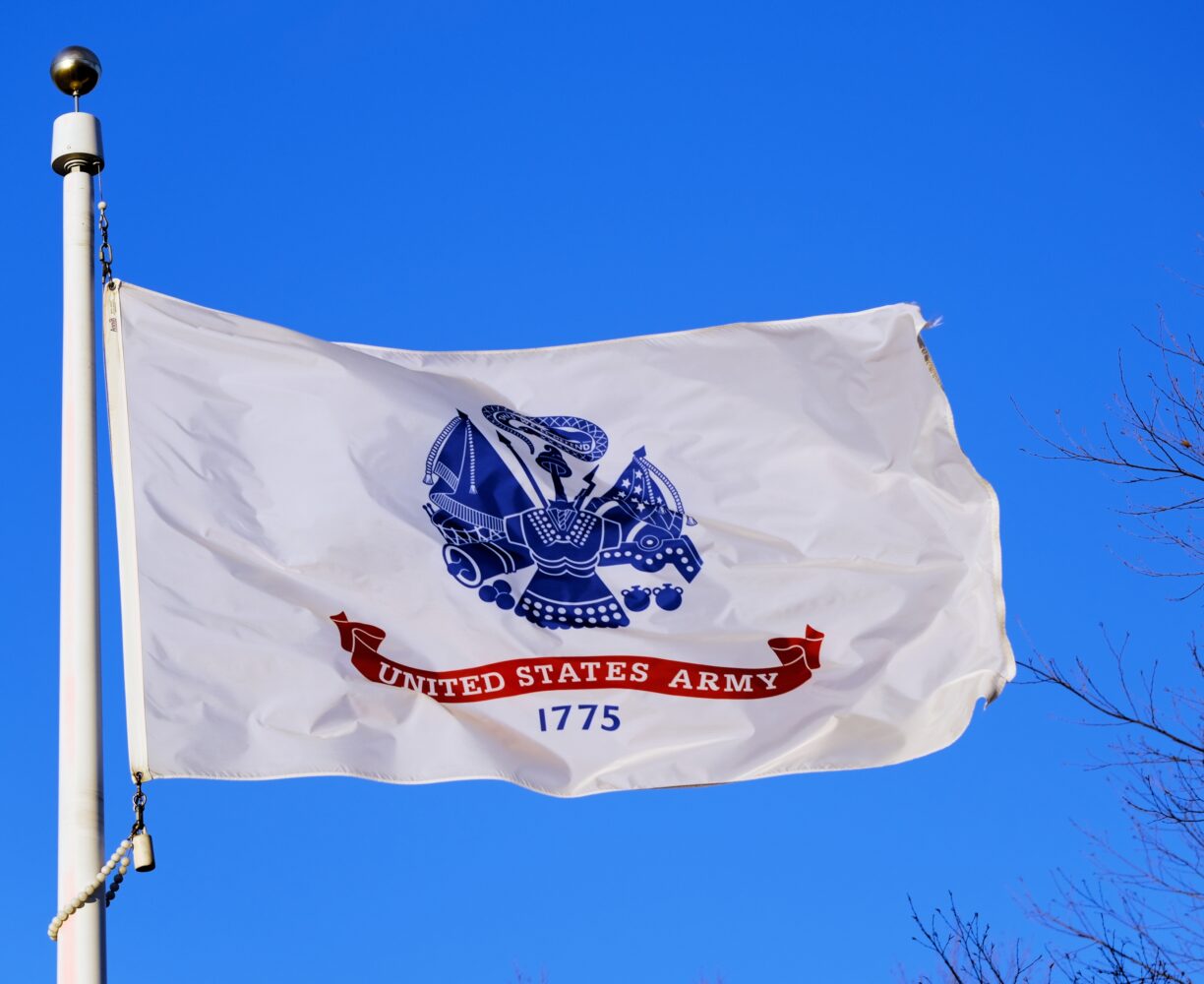
U.S. Army Established
The establishment of the U.S. Army in 1775 laid the foundation for the nation's land defense, playing a crucial role in securing independence and shaping the country's early history. For veterans, the Army's long legacy provides a sense of shared heritage and tradition, with their service contributing to a continuous line of defenders.
SUPPORT OUR HEROES
Donate Today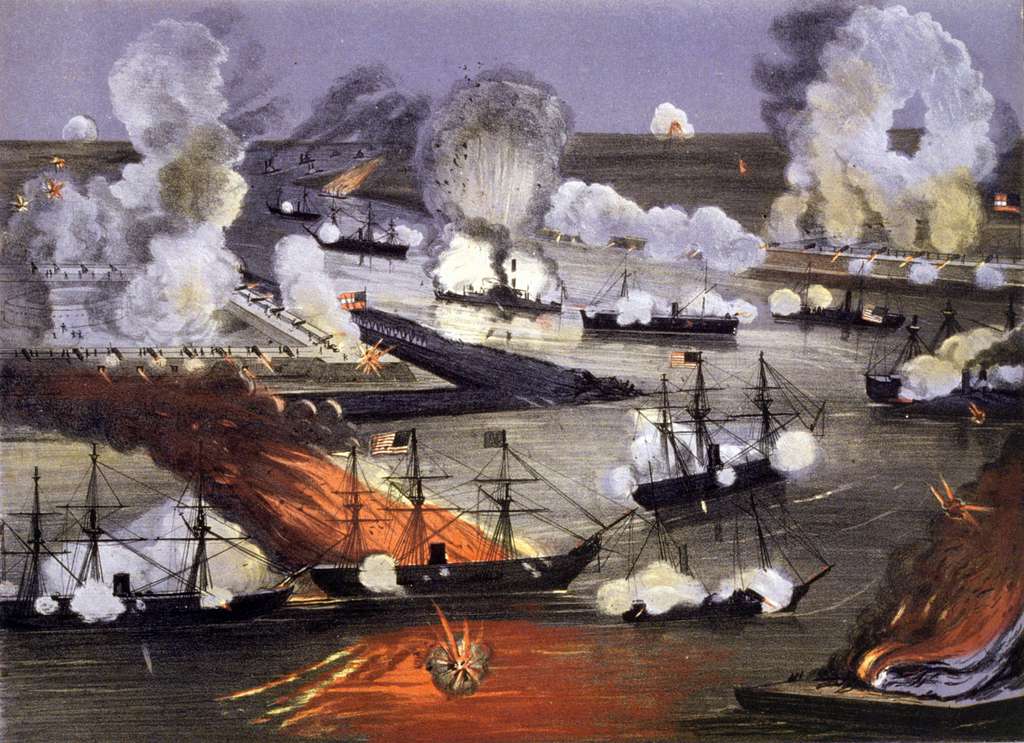
U.S. Navy Authorized
Amidst the American Revolution, the Continental Congress officially authorized the United States Navy on October 13, 1775. The establishment of the U.S. Navy provided a vital maritime defense and projection of power, securing trade routes and protecting national interests across the globe.
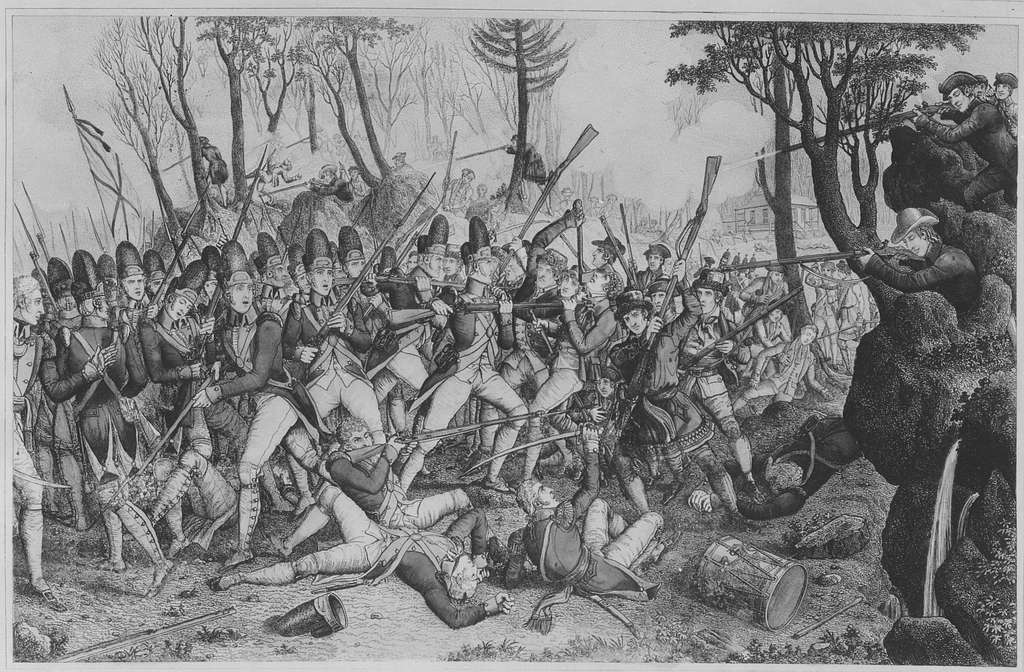
U.S. Marine Corps Established
On November 10, 1775, the Second Continental Congress authorized the raising of two battalions of Marines, establishing the Continental Marines and marking the official birth of the United States Marine Corps. This resolution provided the nation with a dedicated force to serve alongside the fleet.
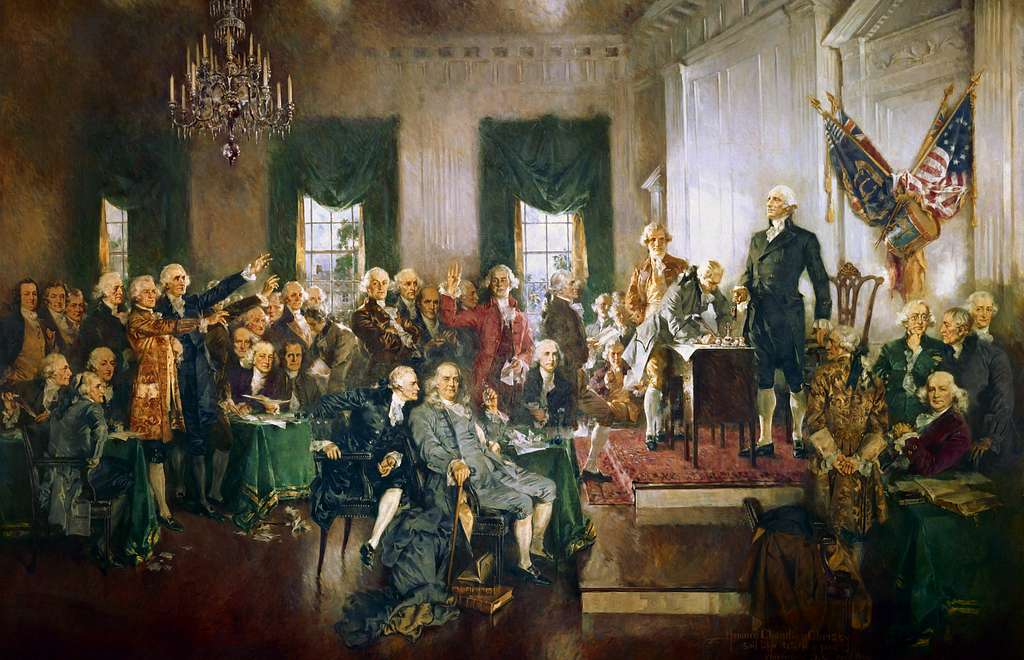
U.S. Constitution Signed
The signing of the U.S. Constitution in 1787 created the foundation for a unified national defense. Article I, Section 8 of the Constitution grants Congress the power to raise and support armies, maintain a navy, and provide for the common defense. This framework ensures a strong, well-regulated military capable of protecting the nation and its citizens from foreign and domestic threats.
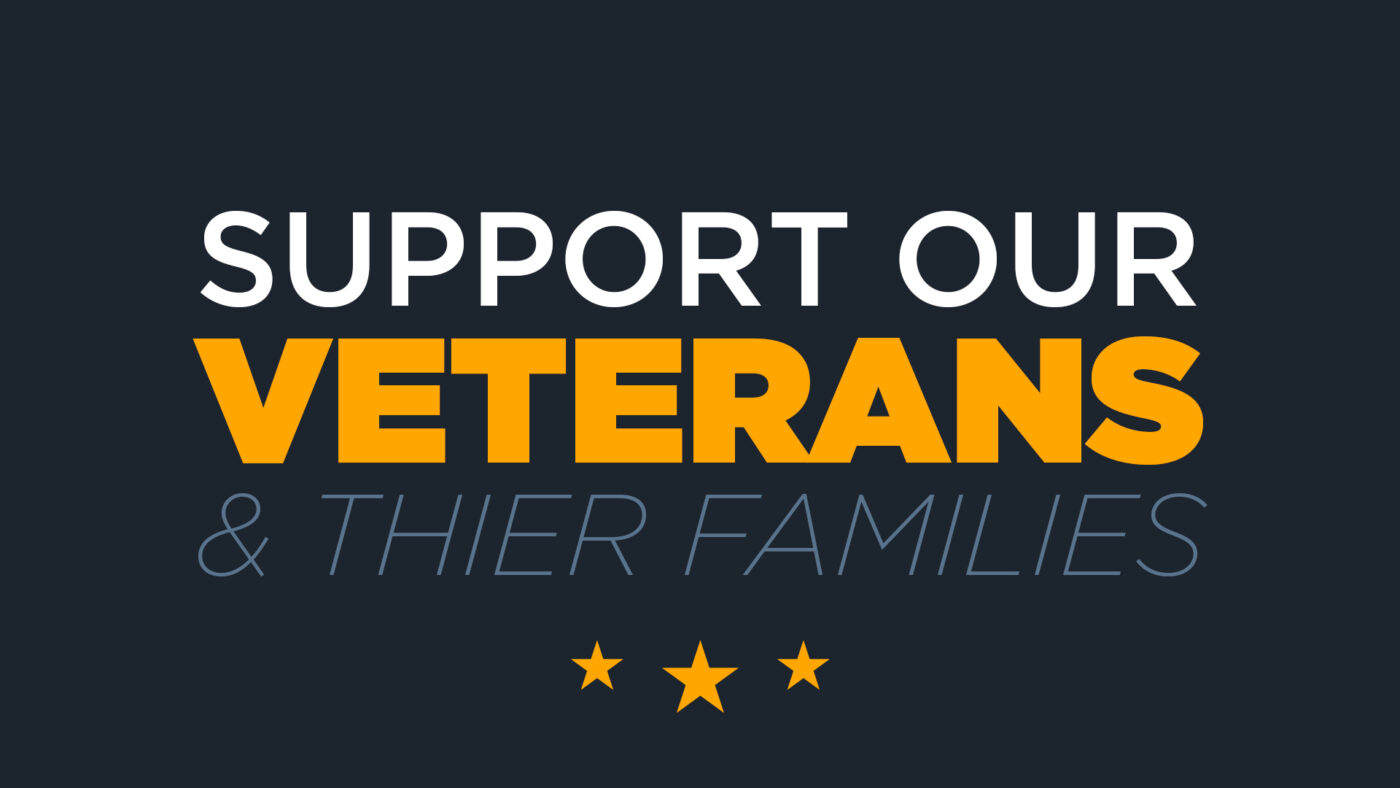
Support Veterans, Honor Their Sacrifice!
Join us in celebrating 250 years of courage and service-donate $25 today to honor the brave men and women who have shaped our nation’s history.
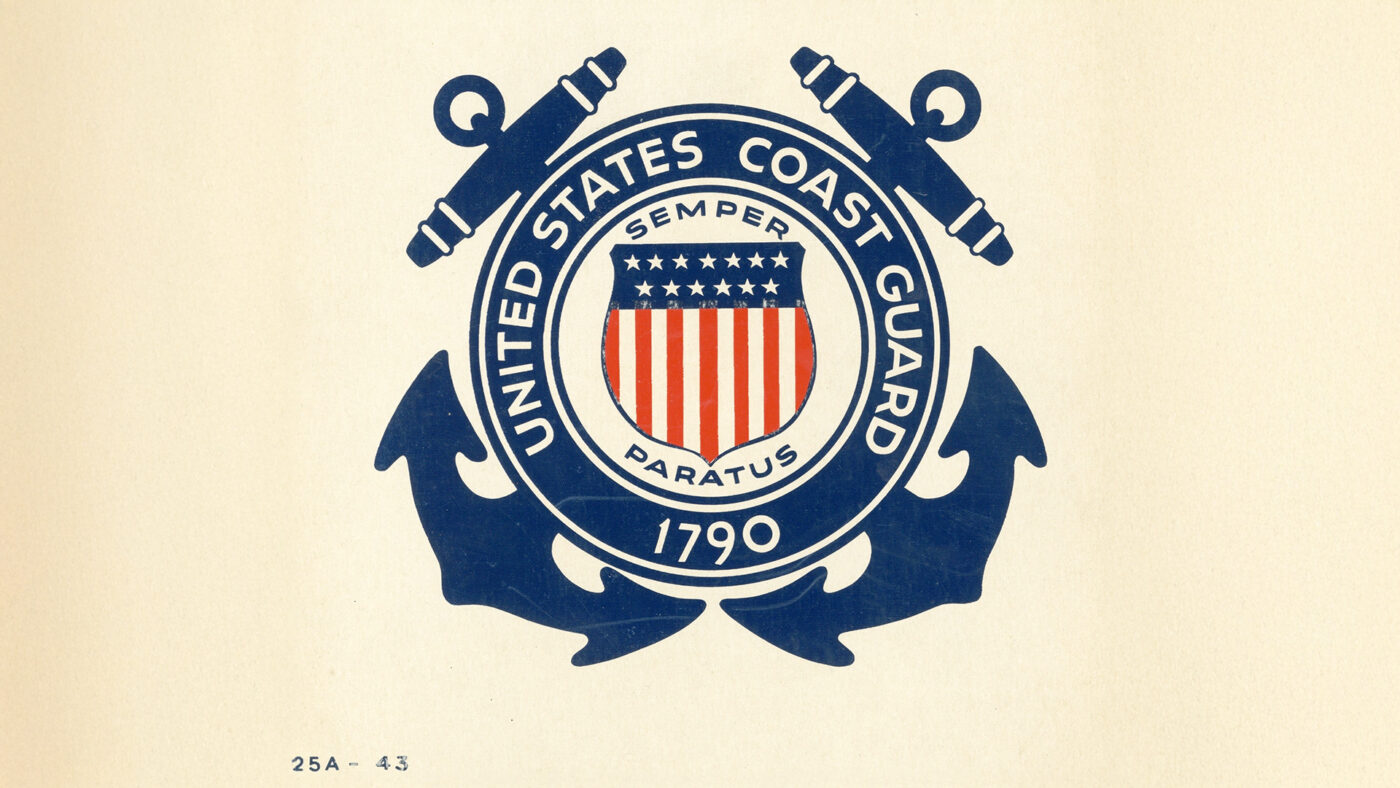
U.S. Revenue-Marine Established
President George Washington established the Revenue-Marine on August 4, 1790, by signing the Tariff Act, which authorized the construction of ten vessels. This action was taken to enforce trade laws and combat smuggling. In 1915, the Revenue-Marine was officially renamed to the U.S. Coast Guard.
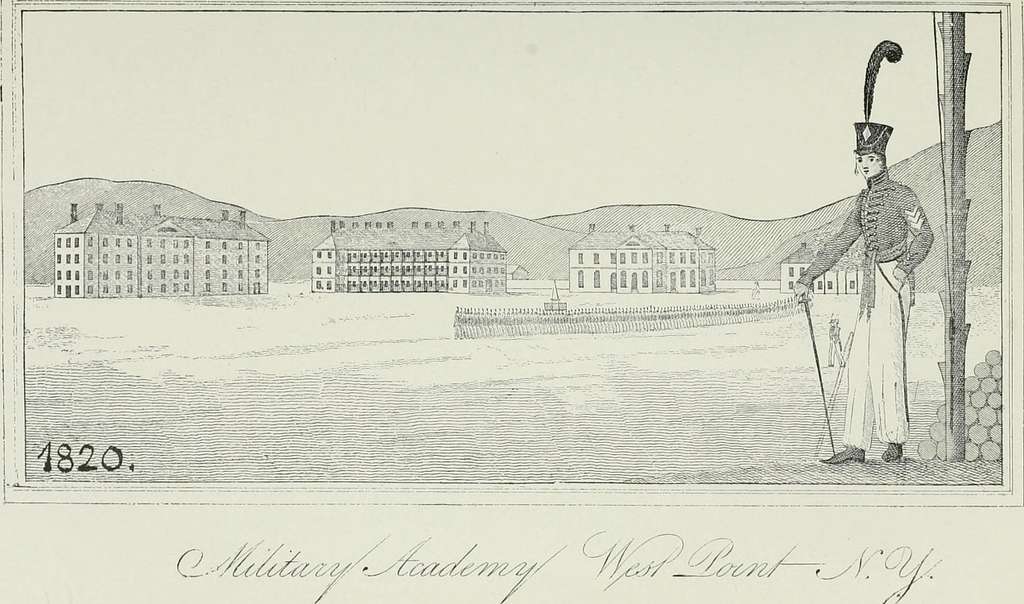
U.S. Military Academy at West Point Established
The United States Military Academy at West Point was officially founded in 1802 by President Thomas Jefferson. Through the Military Peace Establishment Act, the academy was established to provide a formal education in military science and tactics. Since then, West Point has produced many of the nation's most prominent military leaders and engineers, contributing significantly to both military and civilian sectors.
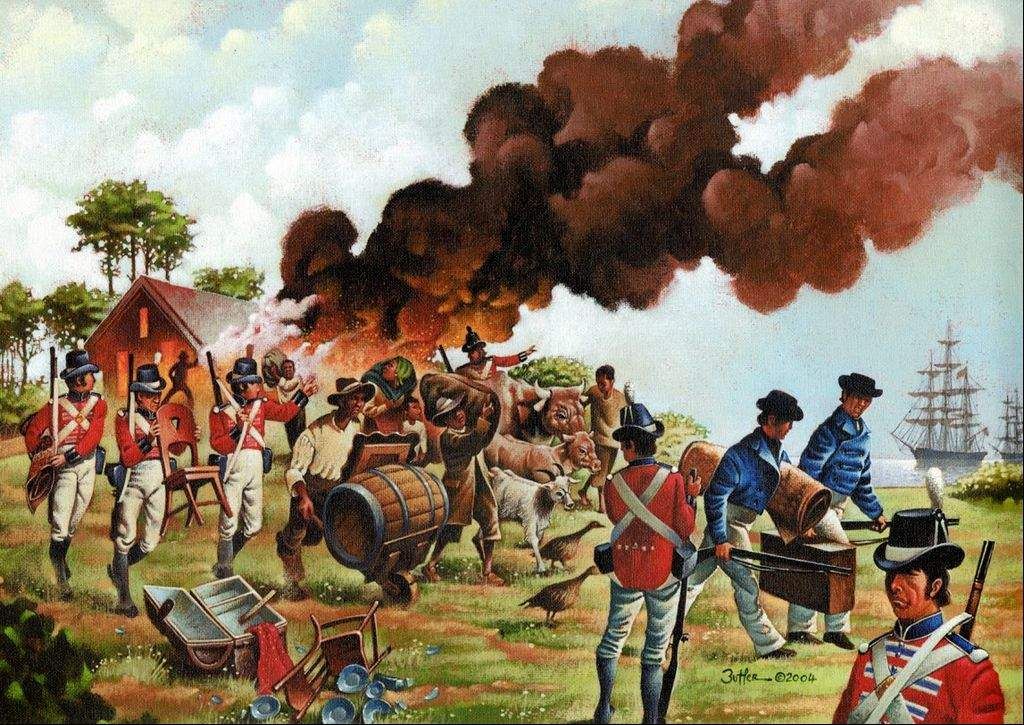
War of 1812
The War of 1812, fought between the United States and Great Britain, solidified American independence and fostered a sense of national unity. This conflict highlighted the necessity for a stronger, more professional U.S. military, leading to improvements in its organization and capabilities.
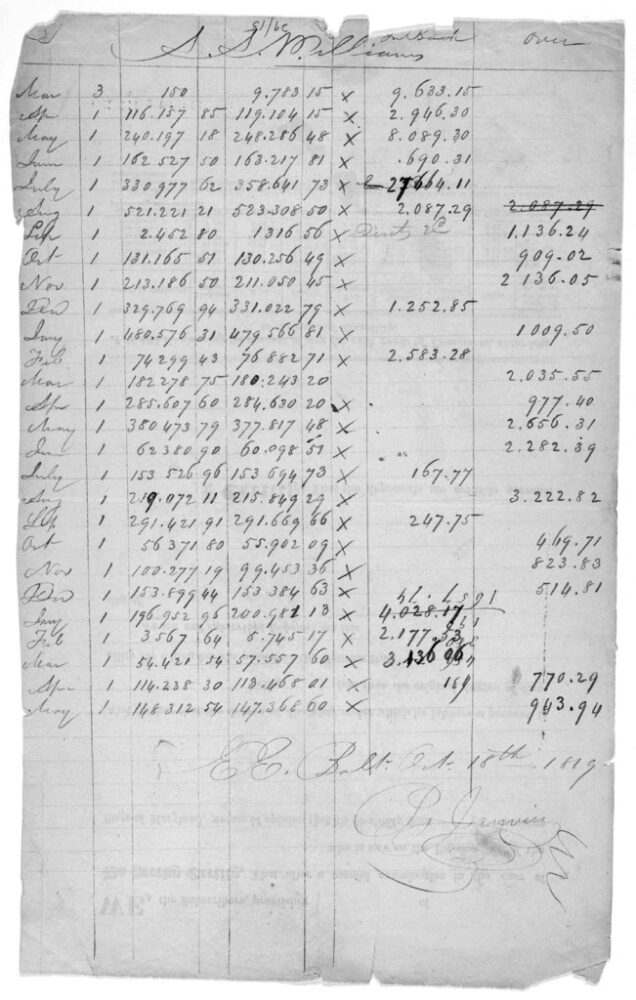
Pension Act of 1818
The Pension Act of 1818 provided financial assistance to Revolutionary War veterans who were in need, marking a significant step in recognizing their service. This act established a precedent for federal support of veterans, laying the groundwork for future benefits and contributing to the welfare of those who had served in the military.
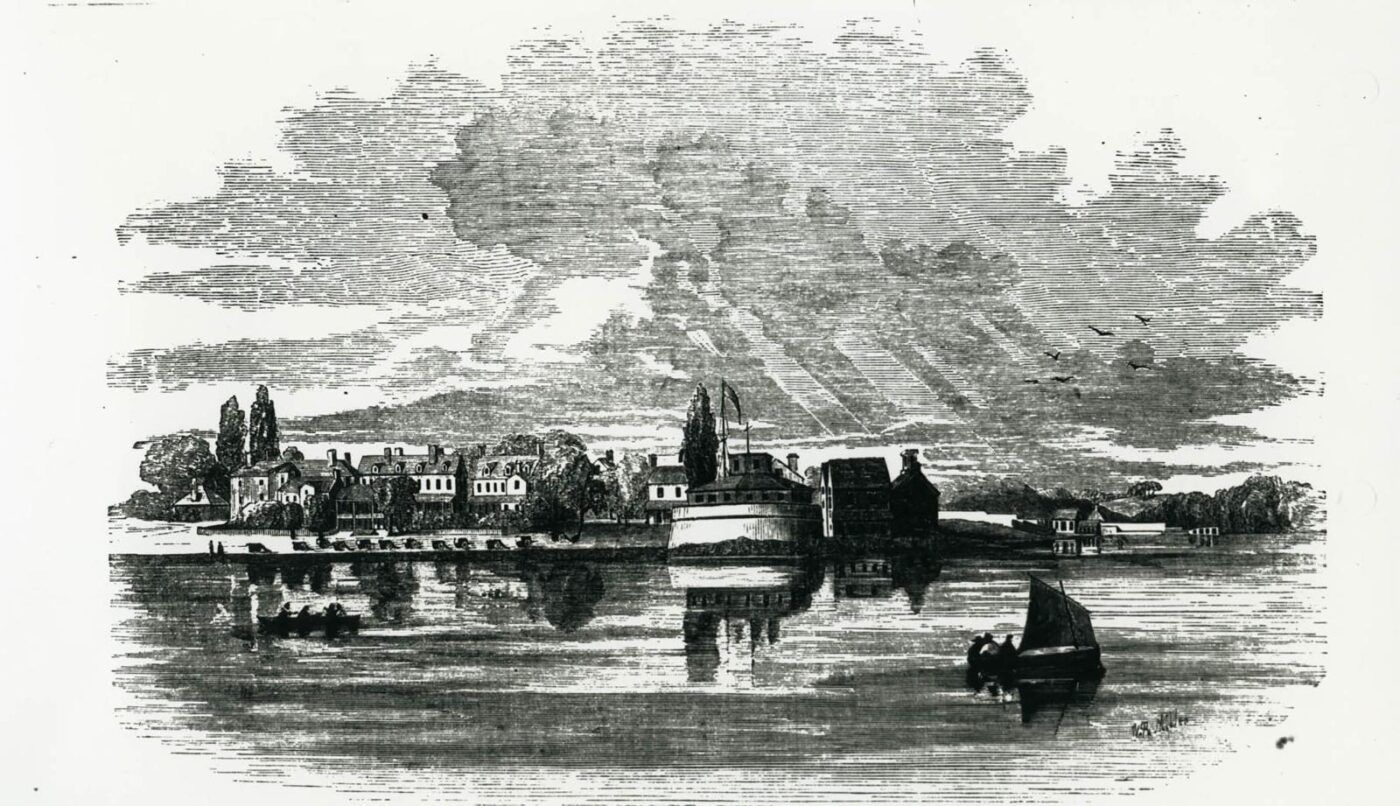
U.S. Naval Academy Established
Through Secretary of the Navy George Bancroft's initiative, the Naval School, later the U.S. Naval Academy, was established in 1845, providing a formal education for naval officers. This institution became crucial for developing a professional officer corps, significantly enhancing the U.S. Navy's capabilities and strategic effectiveness.

American Civil War
The American Civil War was a conflict that fundamentally reshaped the U.S. military, leading to advancements in tactics, technology, and organization. The war also resulted in a significant expansion of federal support for veterans, including the establishment of national cemeteries and pension systems.

Support Veterans, Honor Their Sacrifice!
Join us in celebrating 250 years of courage and service-donate $25 today to honor the brave men and women who have shaped our nation’s history.

General Pension Act of 1862
The General Pension Act of 1862 expanded pension eligibility for veterans and their dependents, particularly those who had served in the Civil War. This act was crucial in providing financial security to wounded soldiers and families of deceased servicemen, establishing a broader system of federal support for military veterans.
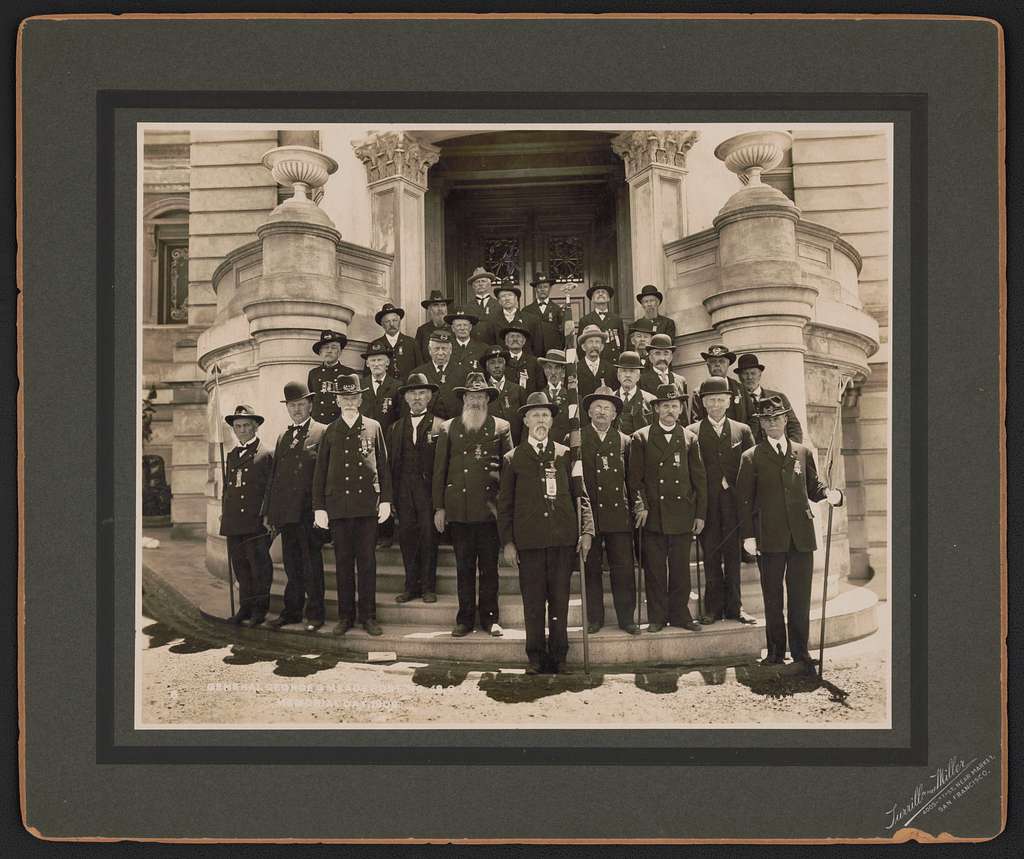
The First National Veterans’ Organization
The Grand Army of the Republic (GAR) was instrumental in securing pensions and support for Union Civil War veterans and their families, establishing a precedent for veterans' benefits. By fostering a strong sense of camaraderie and political influence, the GAR shaped public memory of the Civil War.
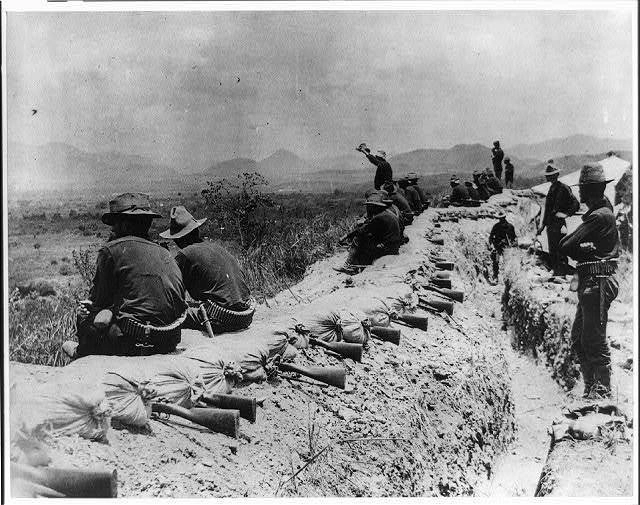
Spanish-American War
The Spanish-American War in 1898 marked a turning point for the U.S. military, demonstrating its growing global power and leading to territorial expansion. This conflict also highlighted the need for improved military logistics and medical care, resulting in advancements that benefited veterans and the armed forces as a whole.
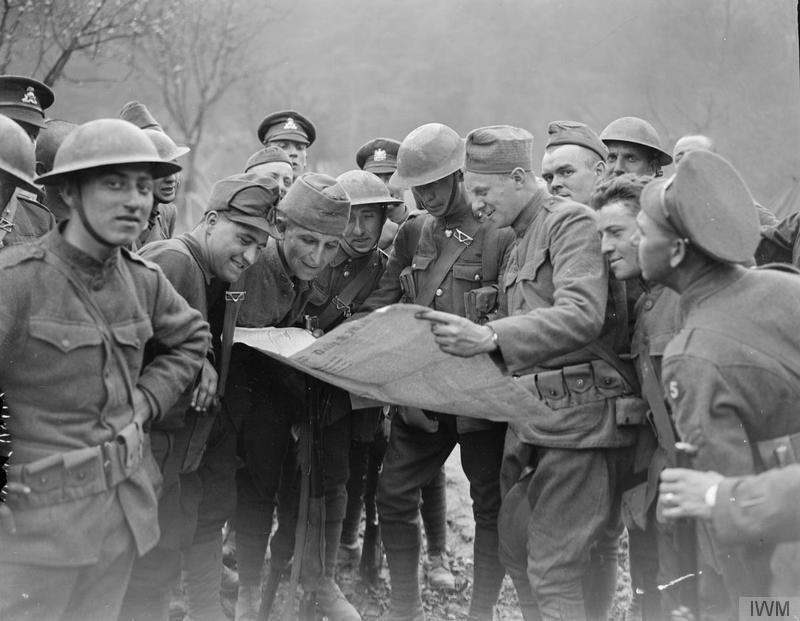
World War I
World War I forced the United States to rapidly mobilize and deploy a large-scale military force to Europe, prompting advancements in industrial production, logistical capabilities, and combat strategies that fundamentally transformed the U.S. military. The immense scale of the conflict also underscored the need for comprehensive veteran support systems, leading to the creation of programs like the Veterans' Bureau, which addressed the medical, vocational, and financial needs of returning soldiers.

The American Battle Monuments Commission Founded
The American Battle Monuments Commission (ABMC) is responsible for commemorating the service, achievements, and sacrifice of American armed forces where they have served overseas. The ABMC's work ensures that the memory of these veterans is preserved through the construction and maintenance of military cemeteries and memorials, providing a lasting tribute to their contributions.

World War Veterans' Act
The World War Veterans' Act of 1924, also known as the Adjusted Compensation Act, provided financial bonuses to veterans of World War I, recognizing their service and sacrifice. This act set a precedent for the federal government to provide substantial benefits to veterans, establishing a foundation for subsequent programs that would support their well-being.

The Veteran Affairs Administration Was Created
In 1930, the Veterans Administration (VA) was created by executive order from President Herbert Hoover as a means of consolidating federal services for veterans and streamlining the delivery of benefits and healthcare. This unified system was vital in providing comprehensive support to veterans, ensuring their needs were addressed in a more efficient and organized manner, which became especially critical during and after World War II. In 1989, it was elevated to cabinet status and became the Department of Veterans Affairs.

Support Veterans, Honor Their Sacrifice!
Join us in celebrating 250 years of courage and service-donate $25 today to honor the brave men and women who have shaped our nation’s history.
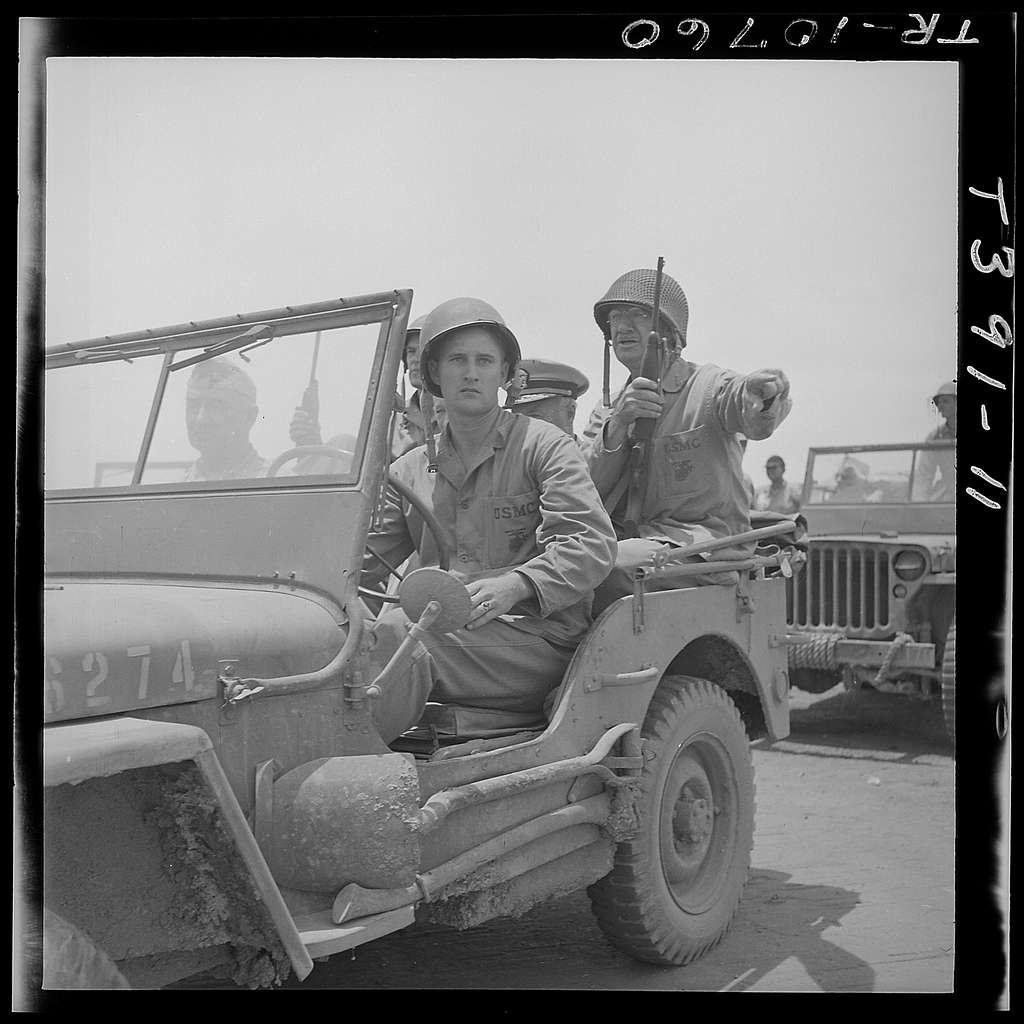
Jeep Revolutionizes Military Mobility
During World War II, the Jeep became the backbone of U.S. military transportation, offering unmatched durability and versatility in combat zones. This light, all-terrain vehicle ensured that troops could move quickly across rough terrain, improving operational effectiveness and battlefield safety.

M&Ms Introduced for U.S. Military Rations
Developed in 1941, M&Ms were specifically designed for U.S. troops, offering a durable, non-melting chocolate ration that provided quick energy in combat environments. This innovation ensured that soldiers had a reliable source of nutrition while enduring harsh conditions on the battlefield.

World War II
World War II transformed the U.S. military into a dominant global force, demanding unprecedented mobilization and technological advancement. The war's aftermath saw veterans returning to a nation forever changed, with their service driving significant social and policy shifts regarding veterans' rights and benefits.
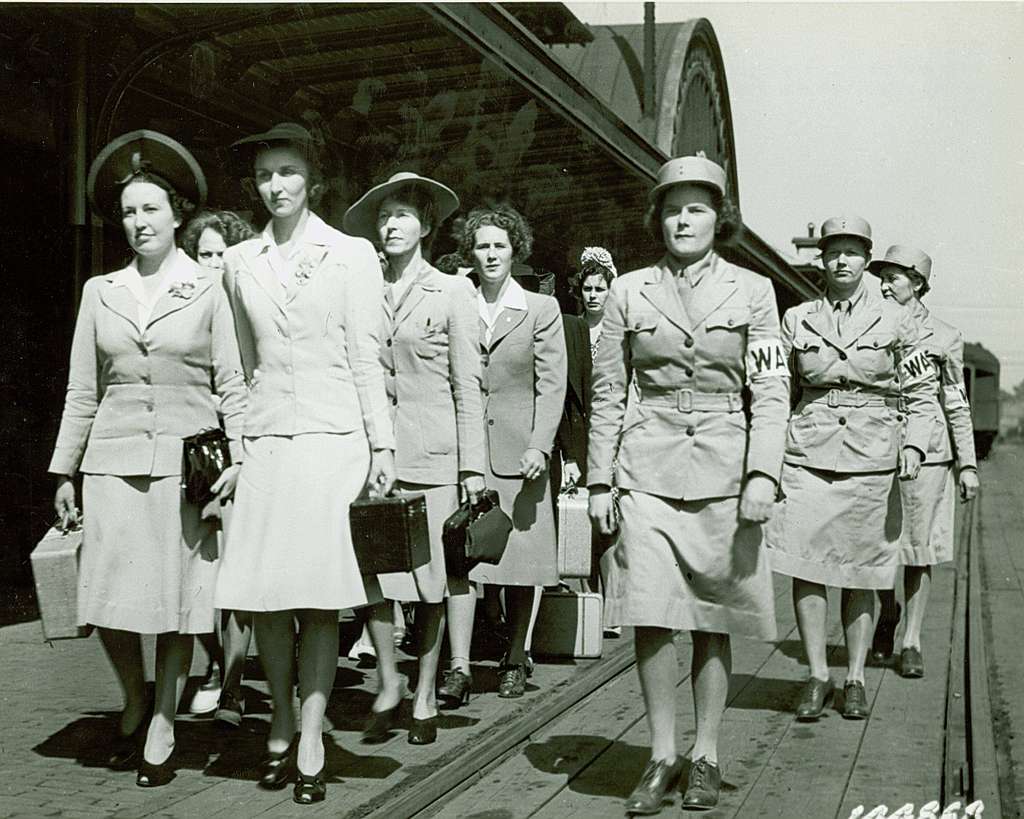
The Women's Army Auxiliary Corps Established
The Women's Army Auxiliary Corps (WAAC) was established in 1942, allowing women to serve in non-combat roles during World War II, thus freeing up men for frontline duty. Women played a crucial role in WWII and paved the way for their increased integration into the armed forces.

Super Glue Discovered for Military Applications
Originally developed in 1942 while searching for materials for gun sights, Super Glue later became an essential tool for medical and battlefield applications. Its quick-bonding properties allowed medics to temporarily seal wounds, preventing excessive blood loss and stabilizing injured troops.

Duct Tape Invented to Protect Ammunition
Developed for the U.S. military during World War II, duct tape was originally designed to seal ammunition cases, protecting them from moisture and contamination. Its versatility quickly made it an indispensable tool for field repairs, safeguarding troops' equipment in combat.

Support Veterans, Honor Their Sacrifice!
Join us in celebrating 250 years of courage and service-donate $25 today to honor the brave men and women who have shaped our nation’s history.
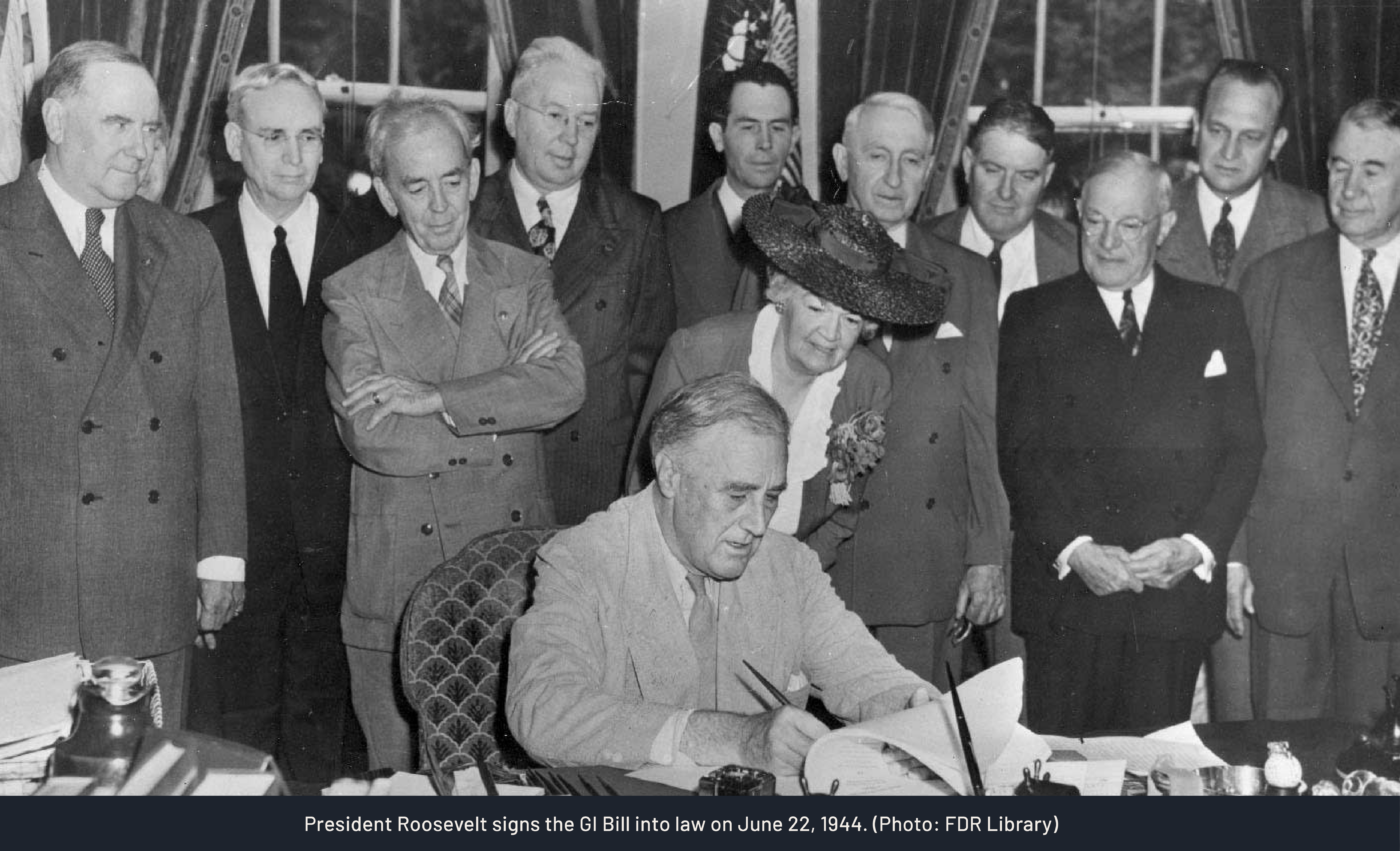
Servicemen’s Readjustment Act (GI Bill)
The Servicemen's Readjustment Act of 1944, commonly known as the GI Bill, provided veterans with educational, housing, and financial benefits, facilitating their transition to civilian life after World War II. This landmark legislation significantly expanded opportunities for veterans, promoting economic growth and social mobility while acknowledging their service to their country.

Veterans' Preference Act
The Veterans' Preference Act of 1944 provided hiring advantages to veterans in federal employment, acknowledging their service and easing their transition to civilian careers. This legislation aimed to ensure that veterans received priority consideration for government jobs, honoring the sacrifices they made for the nation.

Microwave Technology Discovered for Military Use
Developed by defense contractor Raytheon in 1945, microwave technology was initially explored for military radar systems before its application in food heating. The innovation later contributed to faster, more efficient meal preparation for troops in the field, enhancing logistical support.

The Department of Defense was Established
The establishment of the Department of Defense in 1947 centralized military command and streamlined operations, enhancing the efficiency and effectiveness of the U.S. military. This consolidation also provided a more unified structure for addressing the needs of veterans, leading to improved coordination of benefits and services.

U.S. Air Force Established
The establishment of the U.S. Air Force in 1947 recognized the strategic importance of air power, leading to advancements in aviation technology and doctrine that fundamentally reshaped military strategy. This created a dedicated branch focused on air superiority, long-range strike capabilities, and rapid global response, significantly enhancing the overall effectiveness of the U.S. military.

The Women's Armed Services Integration Act
The Women's Armed Services Integration Act of 1948 granted women permanent status in the U.S. military, allowing them to serve in all branches, which expanded the pool of skilled personnel and diversified the armed forces. This act also laid the groundwork for future advancements in women's rights within the military, impacting veterans by creating a pathway for women to access the same benefits and recognition as their male counterparts.
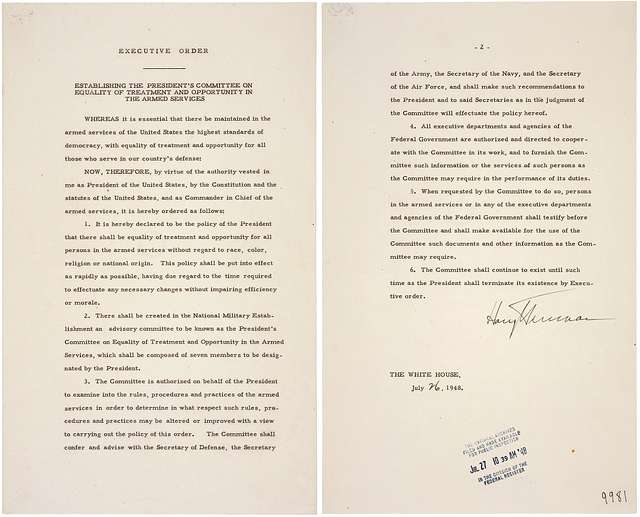
Desegregating the Military, Executive Order 9981
Executive Order 9981, issued by President Truman in 1948, mandated the desegregation of the U.S. Armed Forces, a crucial step towards equality and justice within the military. This order not only improved the morale and effectiveness of the military by ensuring all service members were treated equally, but also significantly impacted veterans by dismantling discriminatory practices that had previously limited their opportunities and recognition.
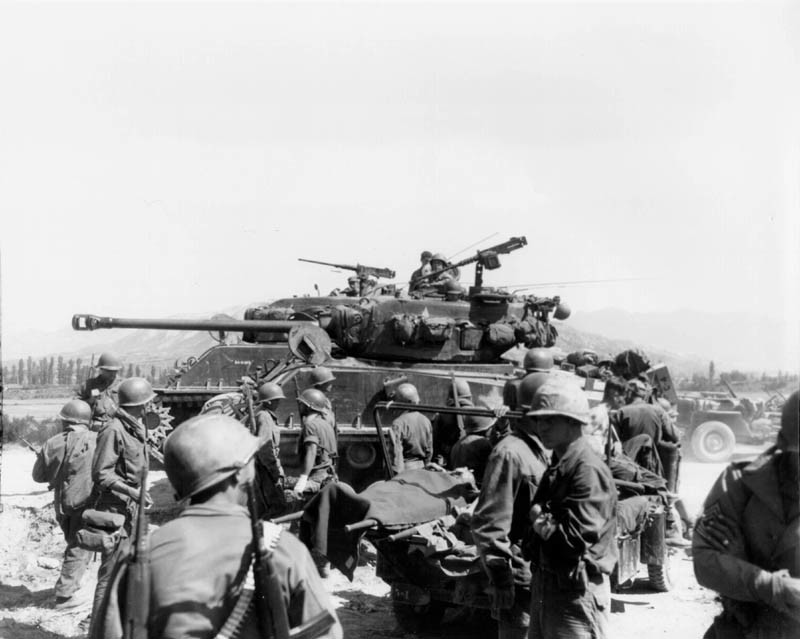
Korean War
The Korean War tested the U.S. military's ability to engage in limited war and containment, highlighting the challenges of Cold War conflicts. Veterans of this brutal conflict were often overlooked, many of whom suffered physical and psychological scars, prompting the development of improved medical and support services.

Korean War GI Bill
The Korean War GI Bill, formally the Veterans' Readjustment Assistance Act of 1952, extended educational and housing benefits to veterans of the Korean War, mirroring those provided to WWII veterans. This legislation was crucial in aiding their transition to civilian life, fostering economic stability, and recognizing their service during a challenging period of Cold War tension.

Support Veterans, Honor Their Sacrifice!
Join us in celebrating 250 years of courage and service-donate $25 today to honor the brave men and women who have shaped our nation’s history.
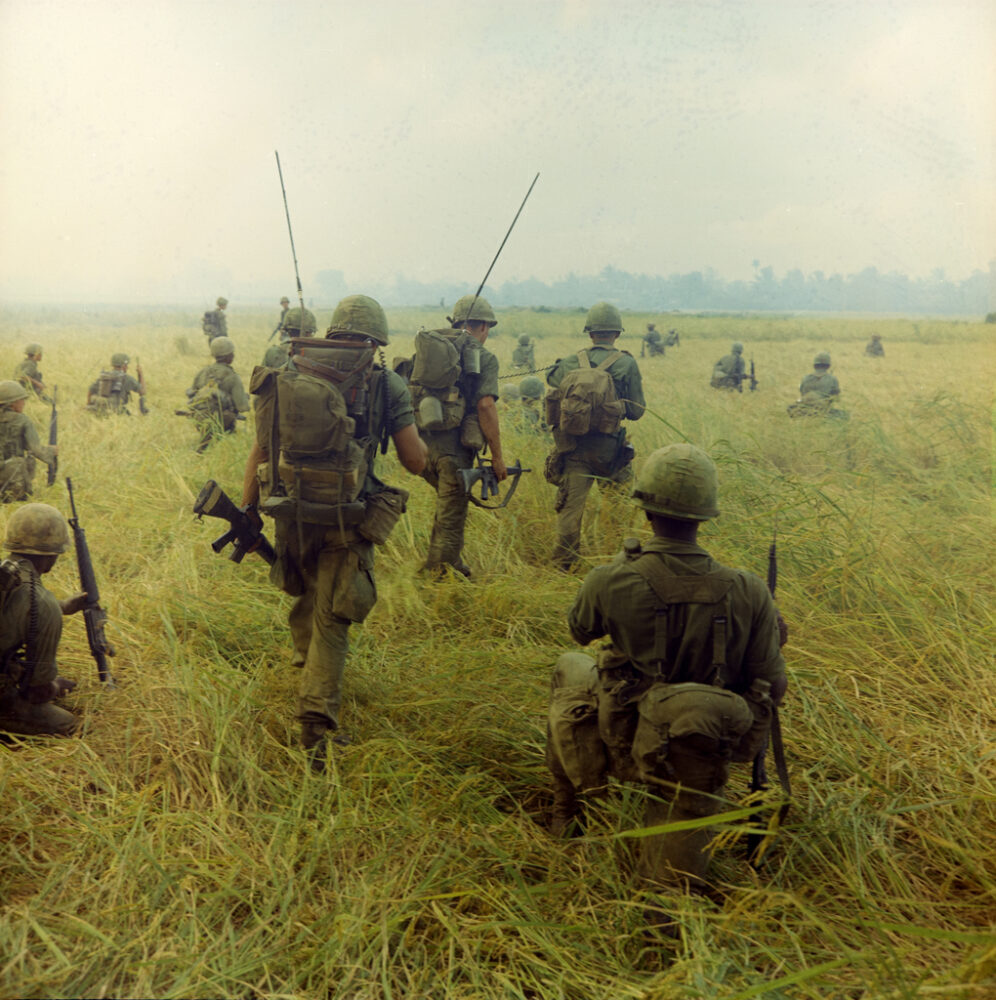
Vietnam War
The Vietnam War profoundly challenged the U.S. military's strategic doctrines and public perception, leading to significant reforms and a reevaluation of interventionist policies. For veterans, it was a deeply divisive experience, marked by physical and psychological trauma, and a struggle for recognition and adequate support upon their return.
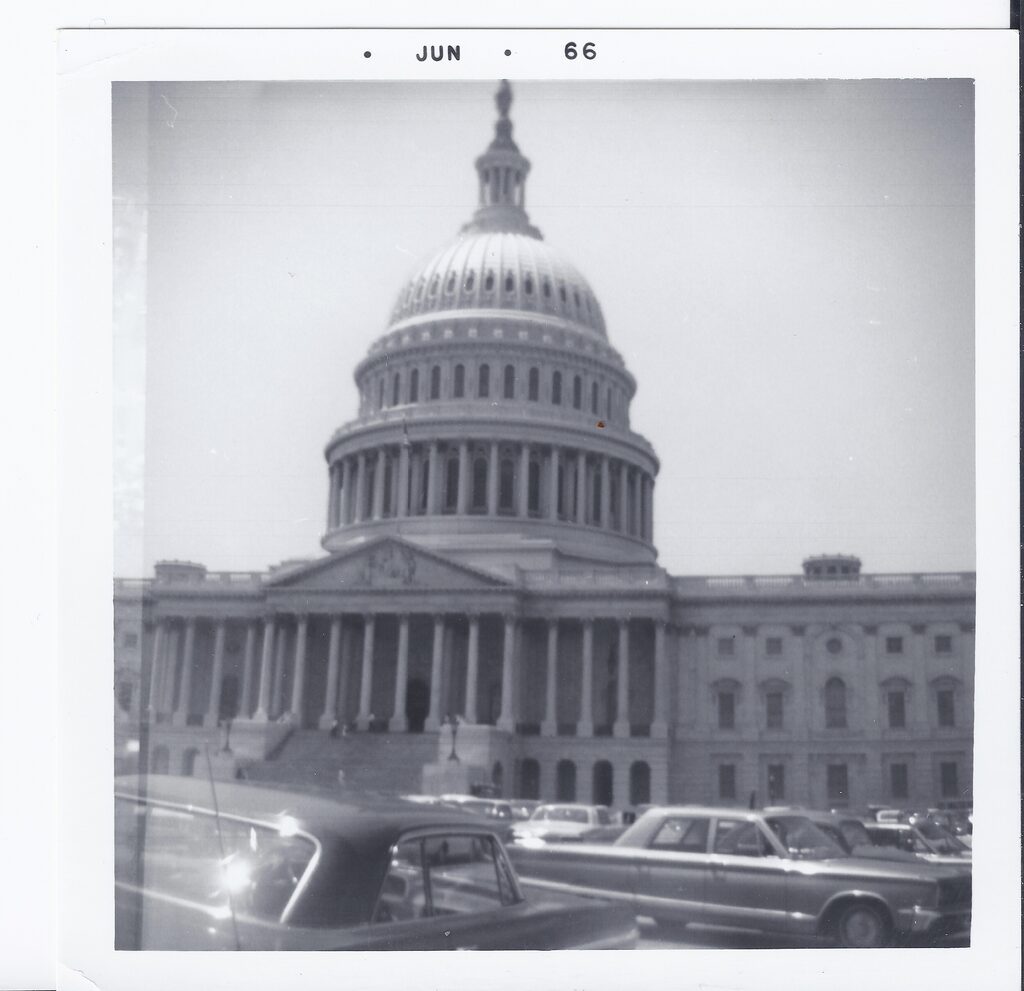
Veterans' Readjustment Benefits Act
The Veterans' Readjustment Benefits Act, also known as the Post-Vietnam Era Veterans' Educational Assistance Act, provided crucial educational assistance for service members after 1955, easing their transition to civilian life. Critically, it also included provisions prohibiting employment discrimination against veterans, ensuring their service was not a barrier to economic opportunity.

GPS Developed for U.S. Military Navigation
The Global Positioning System (GPS) was pioneered by the U.S. Department of Defense in the 1970s to enhance military navigation and targeting accuracy. This revolutionary technology drastically improved situational awareness, reducing the risks of miscalculations and friendly-fire incidents.
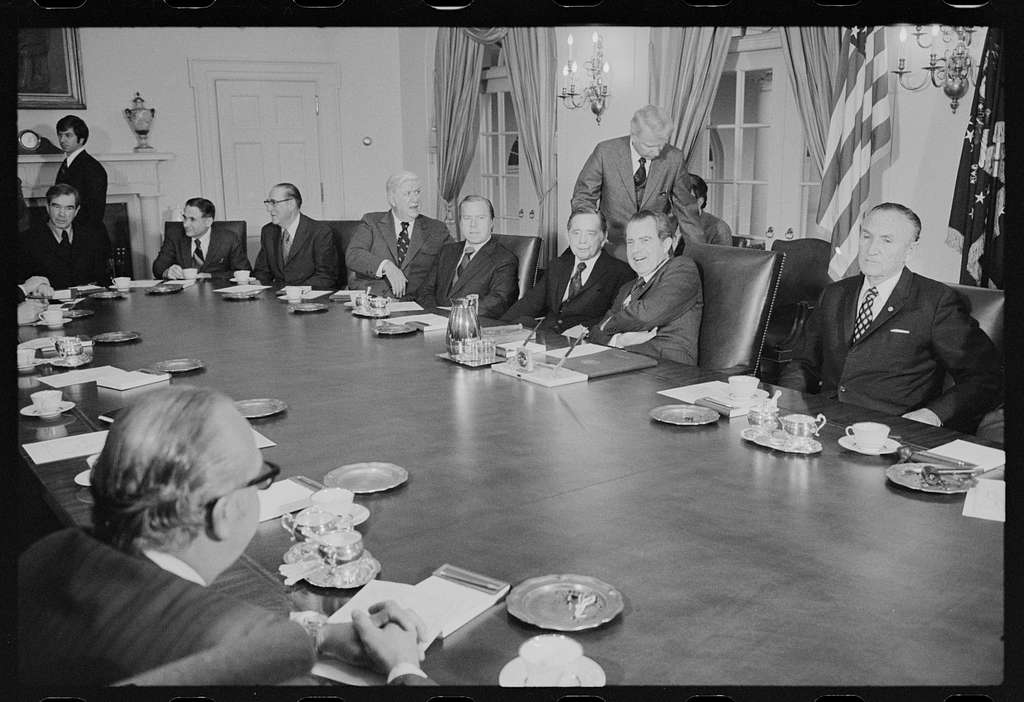
End of the draft, transition to an all-volunteer force
The end of the draft and the transition to an all-volunteer force fundamentally altered the composition and professionalism of the U.S. military, emphasizing skilled and dedicated personnel. For veterans, this shift led to a more focused support system for those who chose to serve, while also impacting the public's perception of military service and its relationship to civilian society.
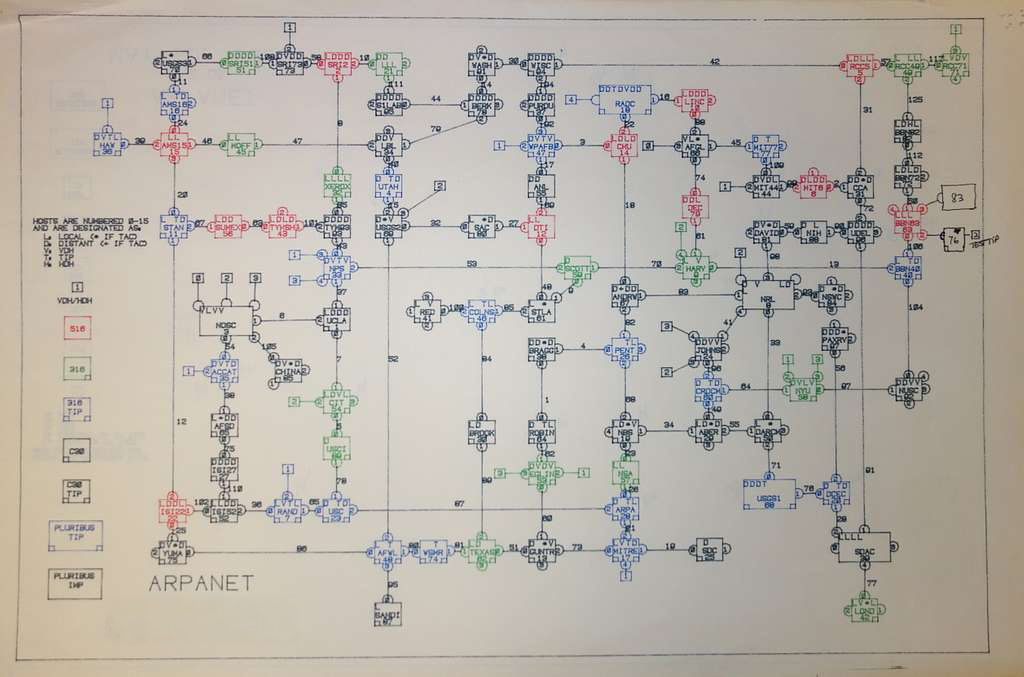
The Internet’s Foundations Laid by ARPANET
Originally developed by the Department of Defense’s ARPANET project, the early internet was designed to ensure secure, decentralized communication for military operations. This breakthrough allowed for more resilient information sharing, strengthening national security and battlefield coordination.
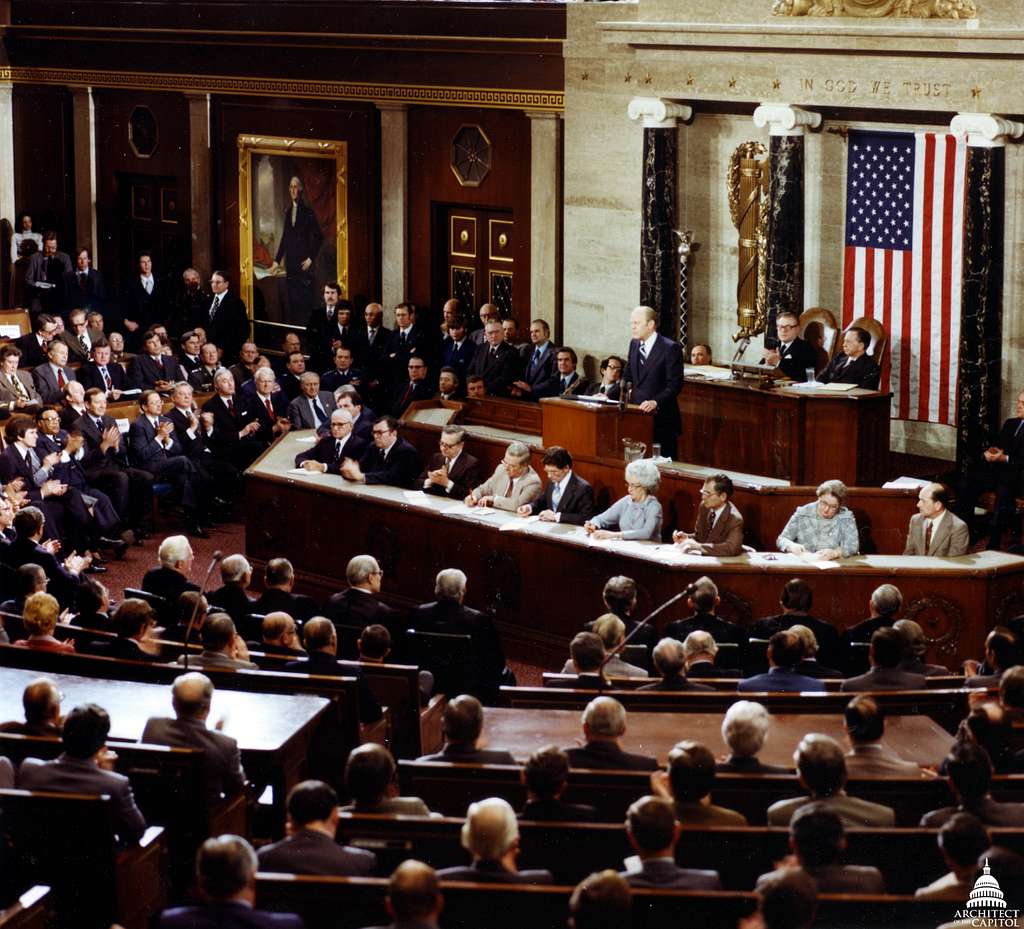
Veterans' Education and Employment Assistance Act
The Veterans' Education and Employment Assistance Act expanded educational and vocational training opportunities for veterans, significantly aiding their transition to civilian careers. This legislation also strengthened protections against employment discrimination, ensuring veterans could leverage their skills and experience in the workforce.

Veterans' Rehabilitation and Education Assistance Act
The Veterans' Rehabilitation and Education Assistance Act provided comprehensive rehabilitation services and educational benefits to veterans with disabilities. This legislation was vital in supporting veterans' reintegration into society, offering pathways to education and employment despite the challenges posed by their service-related injuries.

Montgomery GI Bill (All Volunteer Force Educational Assistance Program)
The Montgomery GI Bill, formally the All-Volunteer Force Educational Assistance Program, offered substantial educational benefits to those who enlisted in the military, incentivizing service and providing a pathway to higher education. This program significantly empowered veterans by enabling them to pursue academic and vocational training, thereby enhancing their career prospects and contributing to their successful reintegration into civilian life.
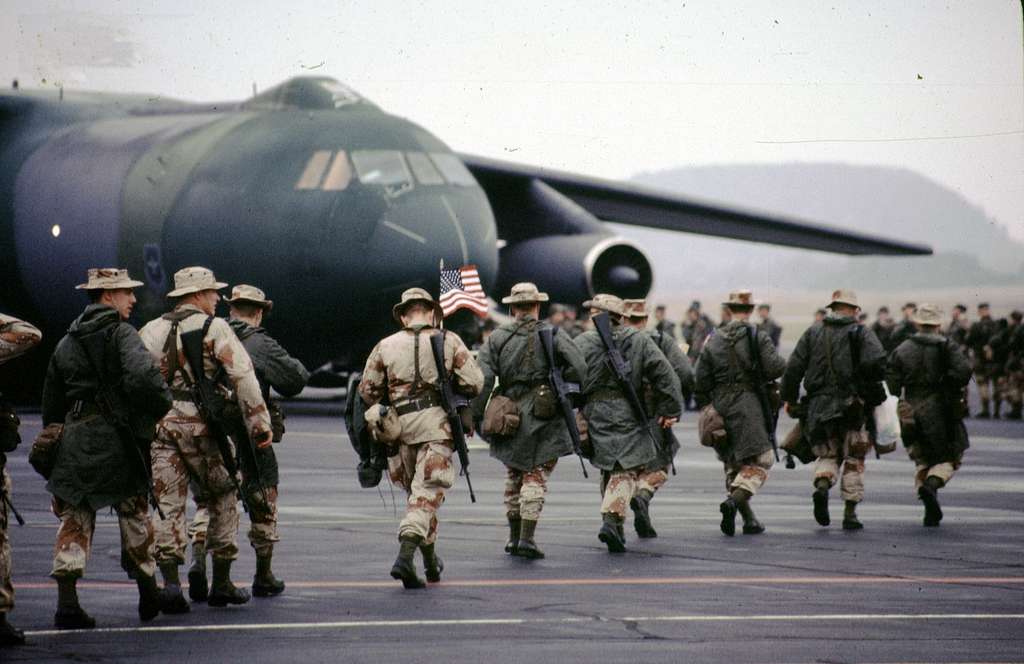
Gulf War
The Gulf War showcased the U.S. military's advanced technology and rapid deployment capabilities, demonstrating its dominance in modern warfare. For veterans, it was a conflict marked by decisive victories but also brought attention to the long-term health effects of exposure to environmental hazards during deployment.
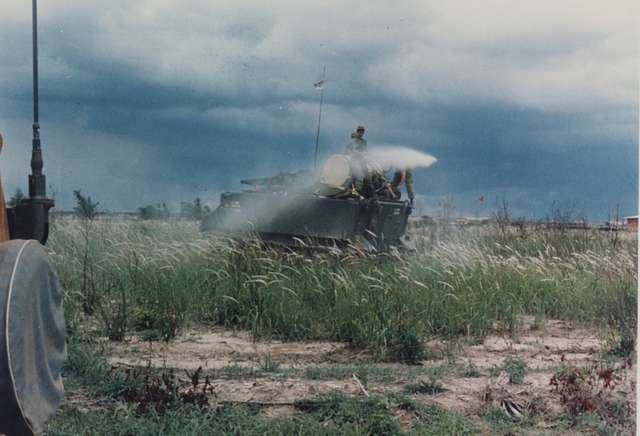
Agent Orange Act
The Agent Orange Act of 1991 acknowledged the link between exposure to Agent Orange during the Vietnam War and various health conditions, providing crucial benefits and healthcare to affected veterans. This legislation represented a significant step towards addressing the long-term consequences of chemical warfare and acknowledging the sacrifices made by those exposed.

Support Veterans, Honor Their Sacrifice!
Join us in celebrating 250 years of courage and service-donate $25 today to honor the brave men and women who have shaped our nation’s history.

Veterans Health Care Eligibility Reform Act
The Veterans Health Care Eligibility Reform Act expanded access to VA healthcare services, prioritizing care for veterans with service-connected disabilities and low incomes. This act was crucial in ensuring that vulnerable veterans received timely and comprehensive medical care, addressing their specific health needs and improving their overall well-being.
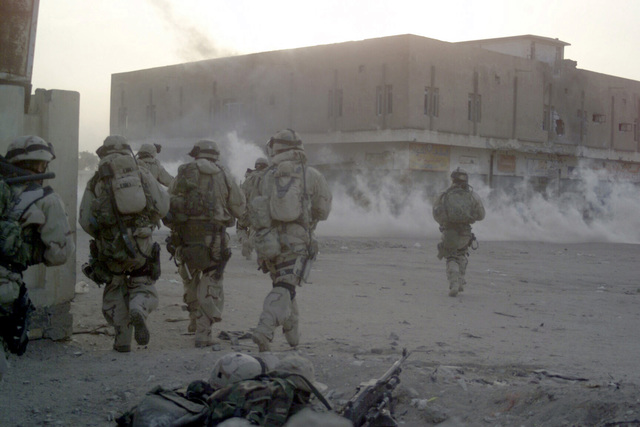
U.S. Global War on Terror
The U.S. Global War on Terror, launched after the 9/11 attacks, has been a defining conflict for the military, involving extensive combat operations across multiple countries and reshaping military strategies worldwide. For veterans, it highlights the enduring impact of service in a complex, ongoing war, underscoring the need for comprehensive care and recognition of their sacrifices.
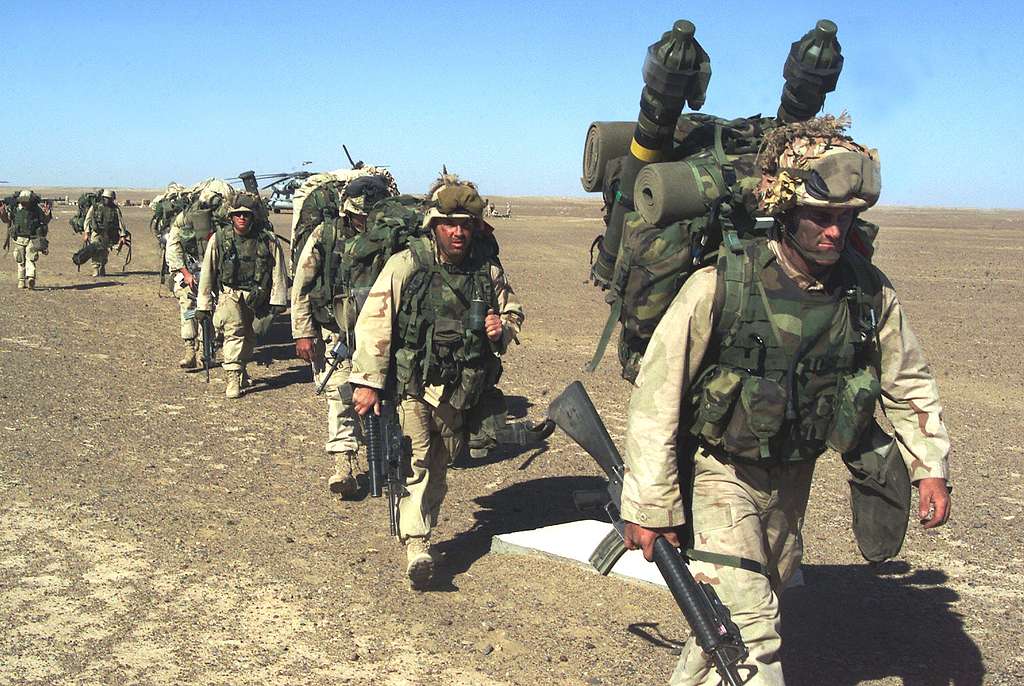
War in Afghanistan
The War in Afghanistan—America’s longest war—tested the U.S. military's ability to conduct long-term counterinsurgency operations in complex terrain, leading to the development of new strategies and tactics. The conflict resulted in prolonged deployments and exposure to combat trauma, highlighting the need for comprehensive mental health and support services.
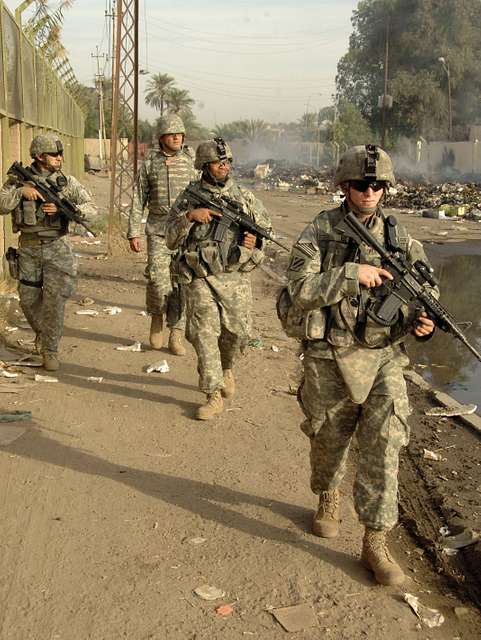
Iraq War
The Iraq War marked a significant chapter in U.S. military history, challenging the armed forces with unconventional warfare and long-term deployments. For veterans, the war represents not only the sacrifices made on the battlefield but also the ongoing need for support in transitioning back to civilian life.

Post-9/11 Veterans Educational Assistance Act
The Post-9/11 Veterans Educational Assistance Act, or Post-9/11 GI Bill, significantly expanded educational benefits for veterans who served after September 11, 2001, providing tuition, housing, and book stipends. This legislation has empowered veterans to pursue higher education and vocational training, greatly enhancing their opportunities for successful civilian careers and contributing to their overall well-being.

Honoring America’s Veterans and Caring for Camp Lejeune Families Act
The Honoring America’s Veterans and Caring for Camp Lejeune Families Act expanded healthcare access and benefits for veterans exposed to toxic substances at Camp Lejeune, addressing long-overlooked health consequences. This legislation demonstrated a commitment to rectifying past injustices and ensuring that veterans and their families receive the necessary support for service-related health issues.

Defense Department expands women's combat role
The 2013 decision to expand women's combat roles in the Defense Department marked a significant shift towards gender equality within the U.S. military, fully integrating women into all combat positions. This policy change not only broadened opportunities for women to serve and lead, but also ensured that veterans, regardless of gender, receive equal recognition for their contributions in combat.

Veterans Access, Choice, and Accountability Act
The Veterans Access, Choice, and Accountability Act aimed to improve access to timely healthcare for veterans by providing options for care outside the VA system when wait times were excessive. This legislation was crucial in addressing systemic issues within the VA, ensuring veterans could receive necessary medical attention promptly and effectively, enhancing their overall well-being.
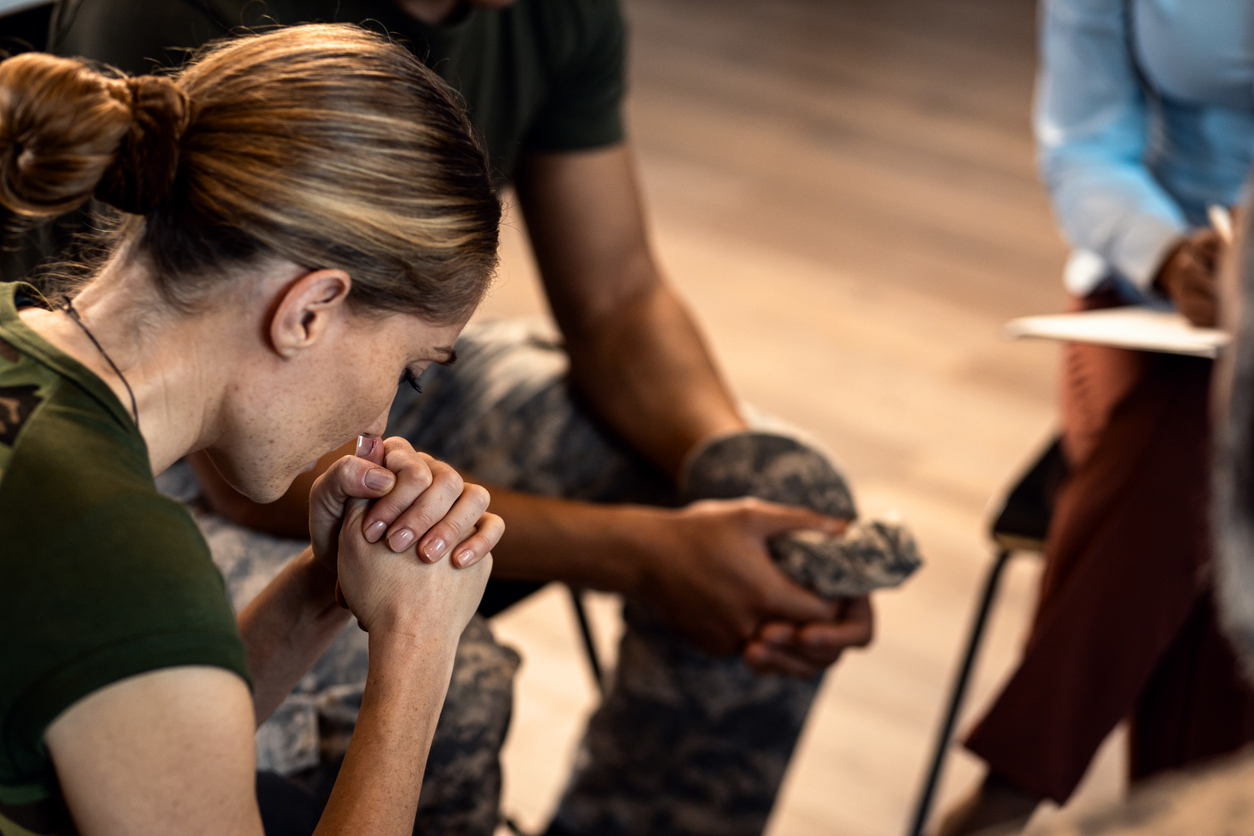
Clay Hunt Suicide Prevention for American Veterans (SAV) Act
The Clay Hunt Suicide Prevention for American Veterans (SAV) Act aimed to improve mental health services and reduce suicide rates among veterans by increasing access to care and enhancing collaboration between the VA and community organizations. This legislation was vital in addressing the critical issue of veteran suicide, providing resources and support to those struggling with mental health challenges and fostering a culture of proactive intervention.

VA MISSION Act
The VA MISSION Act overhauled veterans' healthcare access, allowing them more options for community-based care and streamlining the process for obtaining medical services. This policy change sought to address long-standing issues with wait times and accessibility, ultimately improving the quality and timeliness of healthcare for veterans.

Support Veterans, Honor Their Sacrifice!
Join us in celebrating 250 years of courage and service-donate $25 today to honor the brave men and women who have shaped our nation’s history.

Blue Water Navy Vietnam Veterans Act
The Blue Water Navy Vietnam Veterans Act extended presumptive Agent Orange exposure benefits to veterans who served offshore during the Vietnam War, acknowledging their potential exposure to harmful chemicals. This measure rectified a long-standing injustice, providing crucial healthcare and disability compensation to veterans previously denied benefits due to their service location.

U.S. Space Force Established
The establishment of the U.S. Space Force recognized the critical importance of space as a domain of national security, focusing on protecting U.S. assets and interests in orbit. This new branch creates specialized career paths for service members and veterans with expertise in space-related technologies, ensuring the nation maintains a strategic advantage in an increasingly contested space environment.

Commander John Scott Hannon Veterans Mental Health Care Improvement Act
The Commander John Scott Hannon Veterans Mental Health Care Improvement Act aimed to strengthen mental health services for veterans by increasing access to care, expanding research, and improving suicide prevention efforts. This act was crucial in addressing the urgent need for comprehensive mental health support, ensuring veterans receive timely and effective treatment for mental health.

PAWS for Veterans Therapy Act
The PAWS for Veterans Therapy Act aims to expand access to canine therapy for veterans with PTSD, providing a valuable tool for managing symptoms and improving overall well-being. This measure recognizes the therapeutic benefits of service dogs and seeks to make this effective treatment more readily available to veterans struggling with the psychological effects of their service.

Veterans’ Compensation Cost-of-Living Adjustment (COLA) Act of 2021
The Veterans’ Compensation Cost-of-Living Adjustment (COLA) Act of 2021 ensured that veterans' disability compensation and survivor benefits keep pace with inflation, protecting their financial security. This adjustment is vital for maintaining the purchasing power of these benefits, allowing veterans and their families to meet their essential needs despite rising living costs.
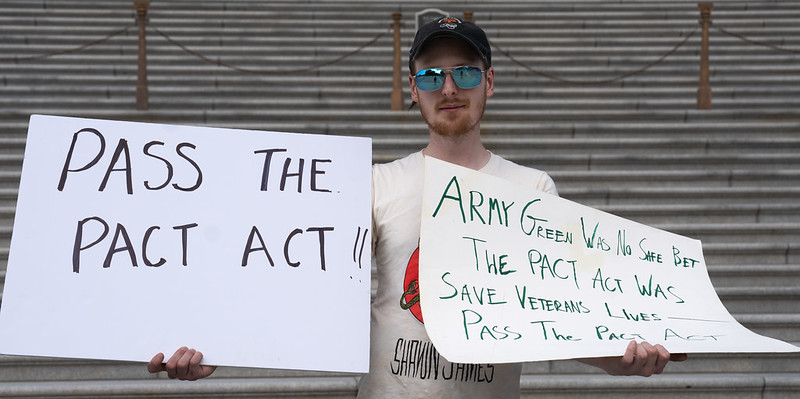
Honoring our Promise to Address Comprehensive Toxics (PACT) Act
The Honoring our PACT Act expanded healthcare and benefits for veterans exposed to toxic substances during their service, addressing a wide range of illnesses linked to burn pits and other hazards. This landmark action signifies a crucial step in fulfilling the nation's commitment to veterans, providing long-overdue support for those suffering from the long-term effects of toxic exposures.

Elizabeth Dole 21st Century Veterans Healthcare and Benefits Improvement Act
The Elizabeth Dole 21st Century Veterans Healthcare and Benefits Improvement Act aims to enhance healthcare access, improve benefits, and address the unique needs of veterans, particularly those from recent conflicts. This legislation expands support for veteran caregivers, mental health care, and assisted living.